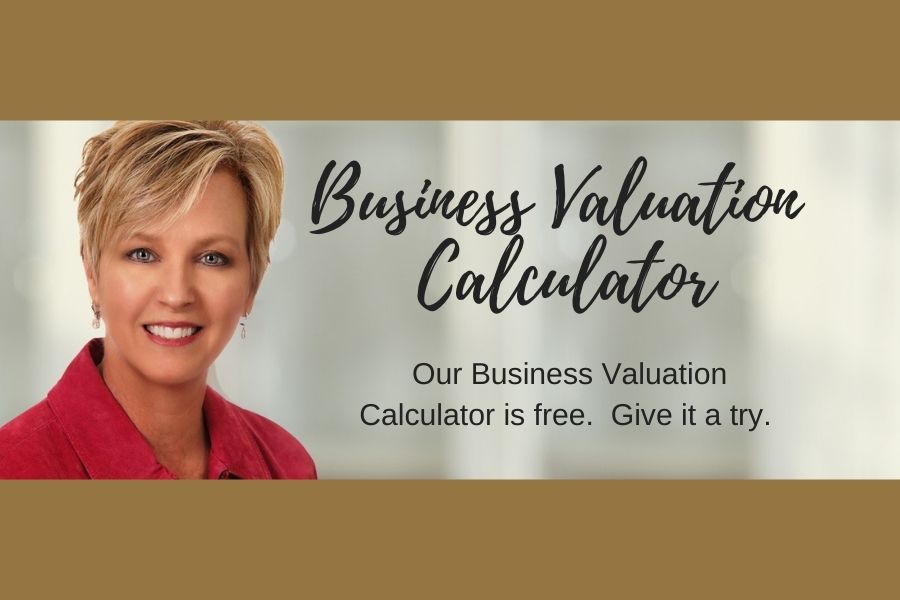

Do you know what your business is worth?
At Exit Promise, we believe as the owner of a business knowing what your business is worth puts you squarely in control of the selling process.
And it’s for this reason, we offer an online business valuation calculator to help you determine the value of your business.
Did we mention, our business valuation calculator is free?
To calculate the estimated value of your business, enter the information in the boxes below and our calculator will do the computing for you.
Our valuation calculator makes the process of determining the value of your business straightforward. This calculator is based on the Discounted Cash Flow Method which establishes the value of your business as an income-producing asset or investment.
The Discounted Cash Flow Method of valuing a business for sale offers the seller a compelling way to show how the income stream derived from the business projected into the future translates into value for the buyer.
If you need assistance as you’re entering your financial data into the calculator, check out our business valuation tutorial here.
If you’d like one of our advisors to prepare a formal business valuation report for you, set up a quick call with us to discuss the details here.